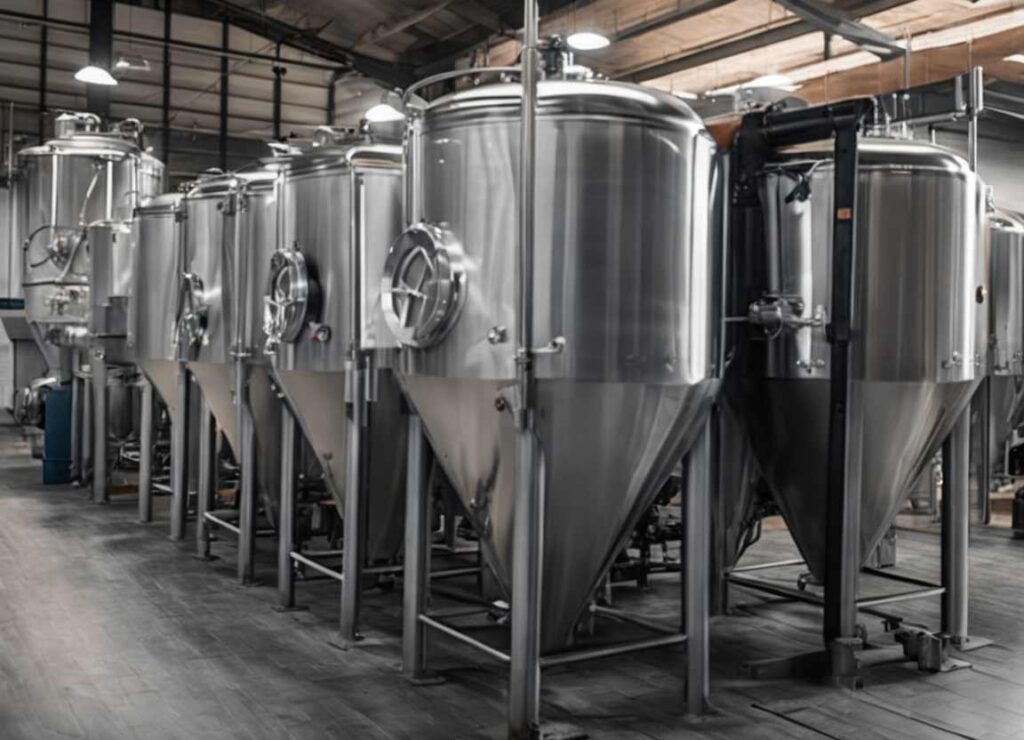
If you are keen to better understand how winemaking influences what ultimately ends up in your glass, you can gain some insights from exploring the topic of micro-oxygenation, or MOX, a carefully controlled technique used in red winemaking to manage oxygen exposure with precision. MOX is not about simply letting air into the wine but involves controlled, minute additions of oxygen to achieve specific effects on wine’s taste, structure and longevity.
The main purpose of micro-oxygenation is to improve the texture and stability of red wines, especially those with high tannins. It can soften astringency and preserve colour by encouraging certain chemical reactions among the wine’s phenolic compounds, particularly tannins and anthocyanins. When oxygen is introduced early, it helps phenolic compounds combine into more stable, long-chain molecules. These chains contribute to mouthfeel, shorter chains lead to softer, rounder tannins, while overly long chains can cause harshness. Crucially, micro-oxygenation also helps anthocyanins, which give red wine its colour, bond with tannins, preserving colour that might otherwise be lost.
For wine lovers, this means that wines treated with micro-oxygenation, especially if done early in the winemaking process, are more likely to exhibit a smoother mouthfeel, richer colour, and integrated aromas. If you enjoy full-bodied red wines with mellow tannins and vibrant colour, you might already be benefitting from wines that have undergone MOX, particularly those aged in stainless steel rather than oak.
Micro-oxygenation also has a role in reducing unpleasant smells, such as rotten eggs or cabbage, which are caused by reduced sulphur compounds. By adding oxygen, winemakers convert these into less aromatic or more tolerable compounds, resulting in a cleaner nose. This means that MOX can help eliminate off-putting sulphurous aromas and contribute to a more appealing bouquet, even in wines from difficult fermentations.
There are risks with MOX, however. If too much oxygen is introduced, or it’s applied too late in the process, it can result in wine that tastes oxidised, dry, overly woody, or even sherry-like. It can also encourage the growth of spoilage organisms such as Brettanomyces or Acetobacter, which are responsible for unpleasant barnyard smells or vinegar notes. Good micro-oxygenation is a balancing act that, when done correctly, produces structured, aromatic, age-worthy wines; when done poorly, it results in wines that are either bland or flawed.
From a consumer’s perspective, MOX makes it possible for winemakers to achieve the smoothness and maturity often associated with barrel ageing, but in a shorter time and often without oak. This may explain why some wines, particularly more affordable reds, can show a polished profile even if they haven’t been barrel-aged for years.
In short, if you’re selecting a red wine and see references to “controlled oxygen exposure” or micro-oxygenation, this could mean the wine has been designed to be more approachable, smoother, and stable in bottle. However, overuse or poor application of the technique can lead to dull or prematurely aged wines, so consistency and producer reputation still matter.













